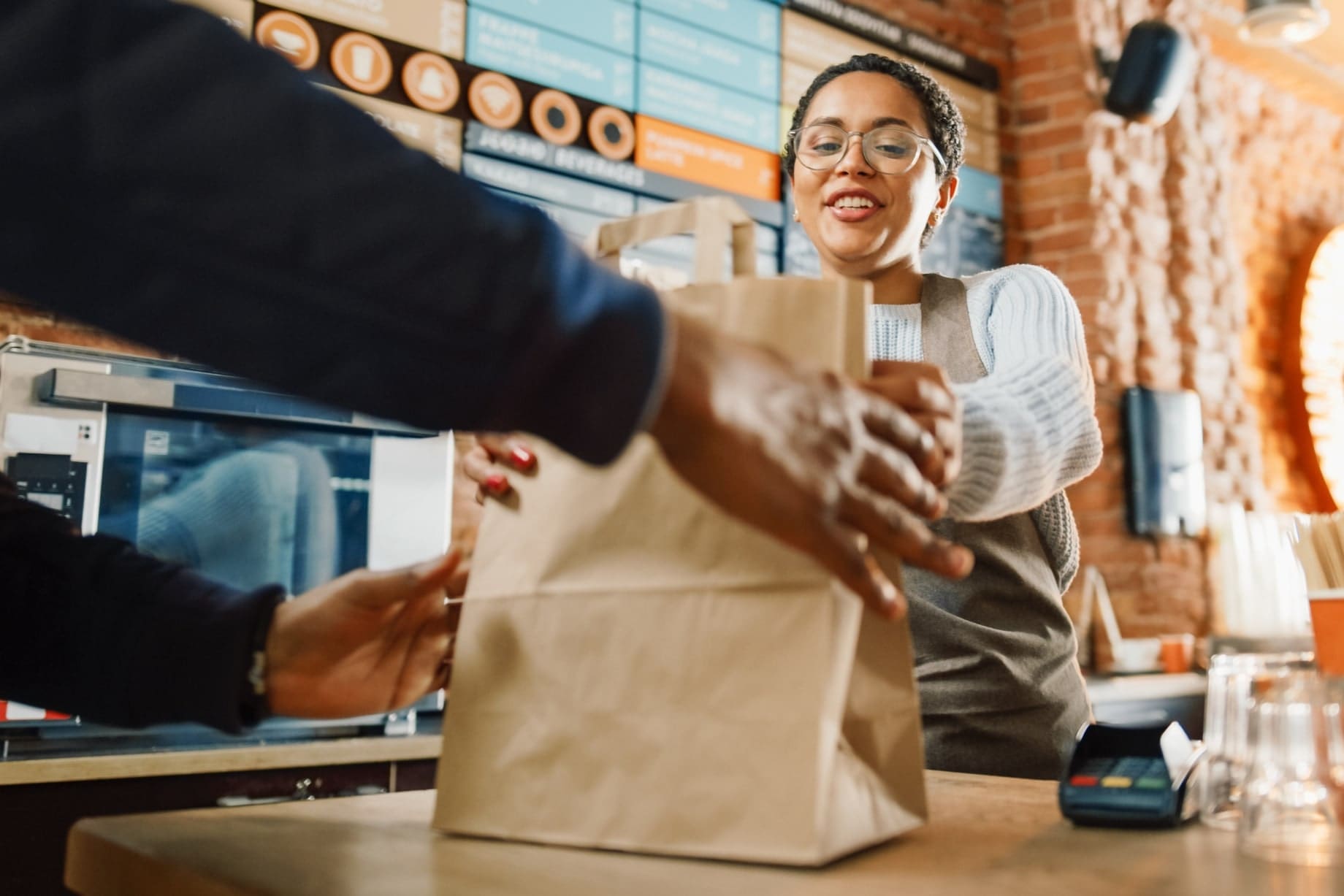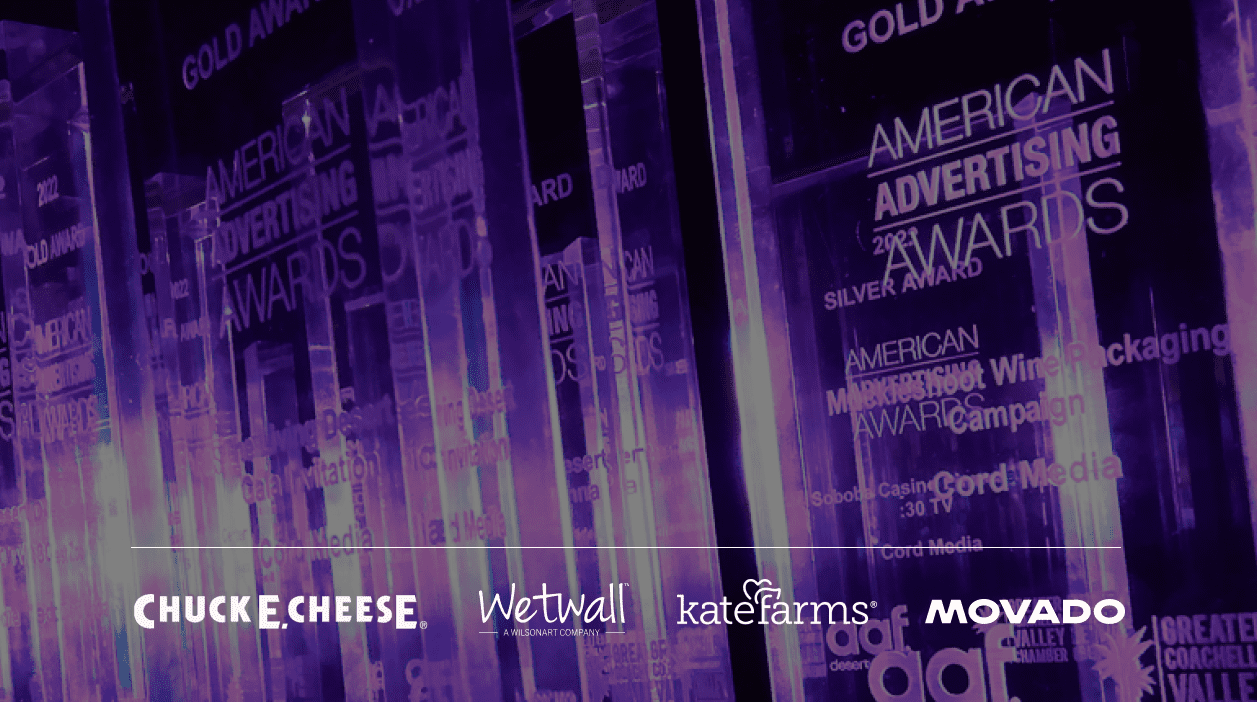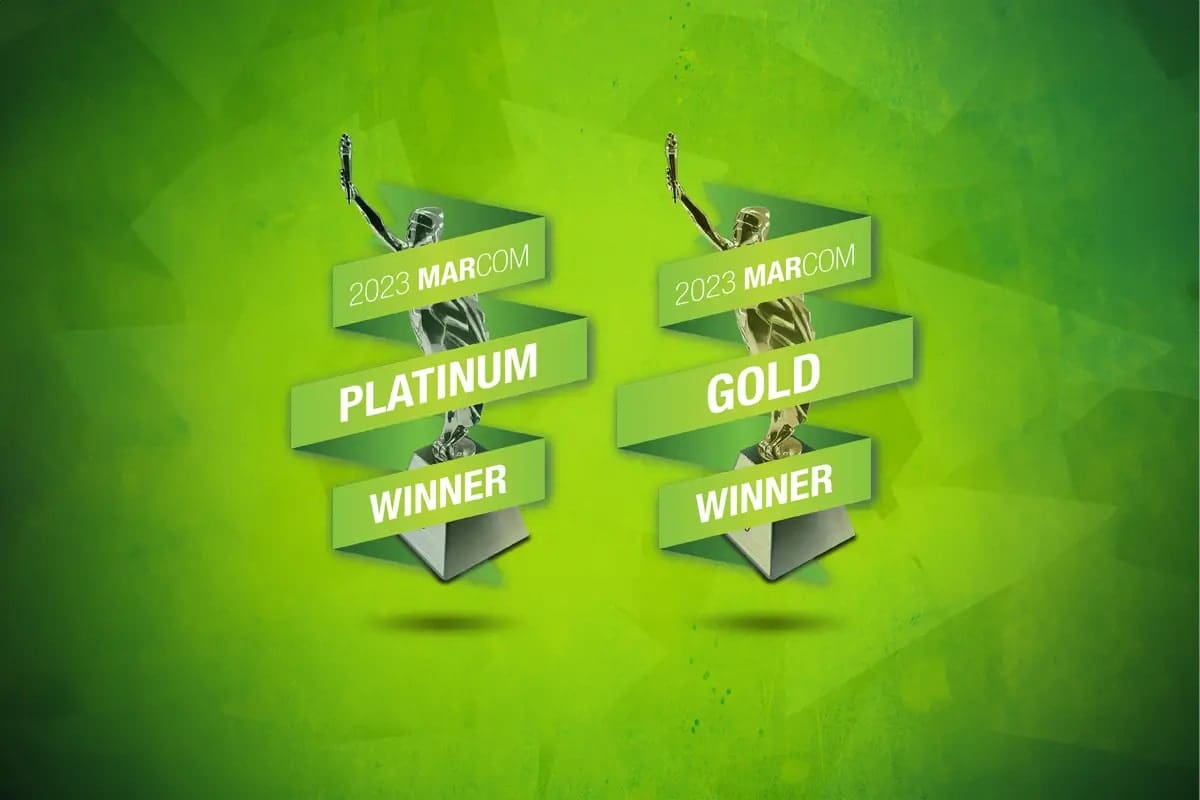Light
Listen to this Article
-
00:00 | 00:00
This article was originally published by QSR (PDF) on May 25, 2023. Contributed by Sean Eidson & James Lanyon.
A rise in food delivery apps means margin erosion for operators.
With rising interest rates, inflation, and softening consumer spending, restaurateurs are facing challenges like those experienced during peak pandemic levels, but food delivery apps are no longer the boon they once were. Third-party providers comprised a whopping ~52 percent of food and drink app downloads in 2022, signaling a tug-of-war with large, national franchises that is only going to heat up.
As delivery apps grow in popularity, they will remain a go-between for the customer and the brand, leading to margin erosion for restaurants. To combat this, brands must de-emphasize reliance on these providers and take back their customer relationships. This can be achieved in six steps:
1. Understand the experience your customers are hungry for.
Restaurant brands that invested early in proprietary customer engagement platforms are now stronger, including Starbucks with its highly personalized mobile app, Pizza Hut with its top-rated loyalty program, Panera with its brand-defining digital customer experience, and Chick-fil-A with its outstanding omnichannel platform. But the success of these programs has as much to do with insights as technology.
Achieving success with your digital transformation requires staying in touch with your consumer. Invest in knowing who you’re selling to because technology is a means, not an end.
2. Match your value proposition to consumer appetites.
Customers have more restaurant choices than ever. This puts pressure on restaurants with diluted or outdated value propositions, impersonal customer relationships, and stale rewards programs. A strong brand reputation can be an effective gateway for supporting value proposition elements—and many are highly competitive to third-party applications.
This process involves identifying the brand’s signature moments and equities, then connecting them to customer behavior. Think of the craze-worthy aroma of Auntie Anne’s pretzels or “my pleasure” mantra of Chick-fil-A associates. These moments make an otherwise generic interaction memorable and special.
3. Plan ahead to anticipate consumers’ changing tastes.
Restaurants should focus resources on the customer to understand how hidden needs can be efficiently met through data, technology, experiences, service design, and team training. This means adopting a “prototypes over decks” mindset to create value in new ways.
Note that value isn’t just about price. Value can be found in the convenience of Fazoli’s complete family meal deals or McDonald’s experimental AI-powered menus. The goal is to know what your target customers value faster than the competition and have the agile systems in place to accelerate deployment.
4. Design holistic experiences that consumers crave.
Service design is more effective later in the process, because the more deeply a brand understands customer needs and motivations, the better its opportunity to deliver differentiated, integrated in-store and digital experiences.
Starbucks’ Connect program does this exceptionally well. The program allows licensed stores to link up with Rewards and mobile ordering, benefiting operators and customers alike. The Rewards app itself offers a simplified and highly personalized experience for every customer, incentivizing everything from trying different menu items to playing in-app games. The result is a seamless experience that’s resulted in Rewards members contributing over 53 percent of the company’s US revenue in 2022.
5. Sample new channels to reach new customers.
As direct customer engagement begins to yield real customer data, restaurant brands have an opportunity to refine insights and optimize channel planning, media investments, creative, and content. Pizza Hut developed a “Game Day” promotion to reach NFL fans by integrating their loyalty program to leverage the NFL scheduling API, resulting in targeted offers delivered via mobile notifications at optimal send times (based on preferred teams and time zones). By connecting the brand meaningfully to an important dining occasion, Pizza Hut was able to ensure pizzas arrive to customers in time for kickoff and tap an entirely new audience.
6. Don’t take your best customers for granted.
Owning the customer relationship enables brands to clearly identify the segments most in tune with what a restaurant concept offers. When brands own the direct customer relationship and ensuing insights, they can strategically drive high-value customers to locations with reduced costs over time.
As loyalty programs have become the norm, it’s increasingly important for brands to differentiate beyond points-based product rewards. Offering experiential rewards for brand engagement (think Starbucks’ Odyssey experience) is one way to create connections with your best consumers and leave a stronger impression than a free drink.
Party of Two
For restaurants to right size their relationship with third-party apps, identifying opportunities to implement these six value-added approaches is necessary. These strategies can help brands achieve a balanced reliance on third-party services, take back valuable data, reverse margin erosion, and inspire enduring customer relationships.
James Lanyon, EVP, Strategy & Innovation: James’ restaurant and food background includes marketing and loyalty work for Pizza Hut, Chuck E. Cheese Entertainment, FOCUS Brands, Whataburger, 7-Eleven, Keurig, Dr Pepper and other brands. james.lanyon@materialplus.io
Sean Eidson, VP, Strategy & Innovation: With 20 years of loyalty experience, Sean’s restaurant and food work includes Pizza Hut, Whataburger, McAlister’s Deli, Krispy Kreme, KFC, Taco Bell, Southeastern Grocers, Chili’s, and dozens of specialty retail brands. sean.eidson@materialplus.io
Material is a global strategy, insights, design, and technology partner to companies striving for true customer centricity and ongoing relevance in a digital first, customer-led world. Material has an extensive restaurant growth practice with experience and expertise outlined in this POV. You see our work every day for brands like Starbucks, Pizza Hut, Chuck E. Cheese, Church’s Chicken, Jamba, Auntie Anne’s, and others. materialplus.io


